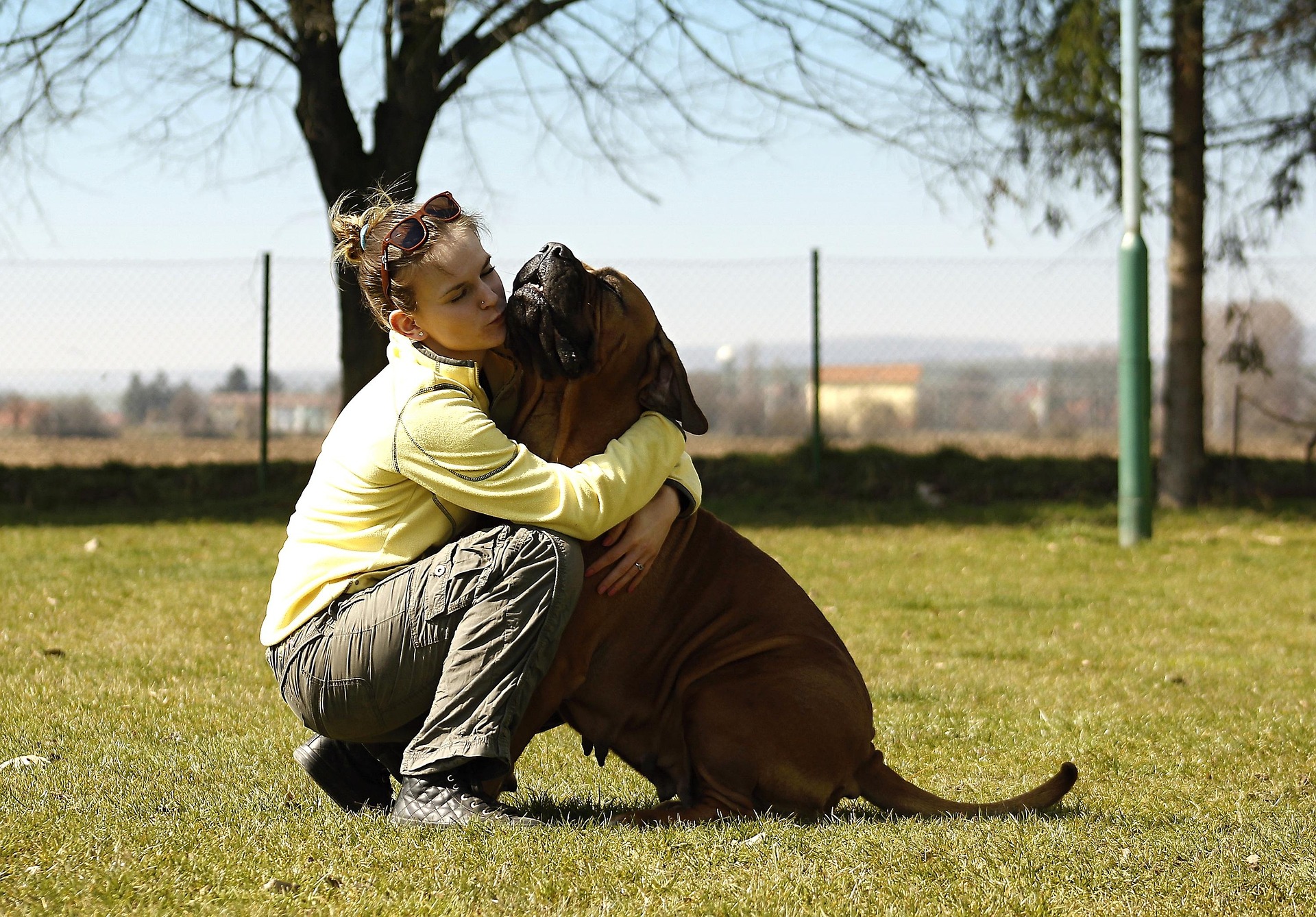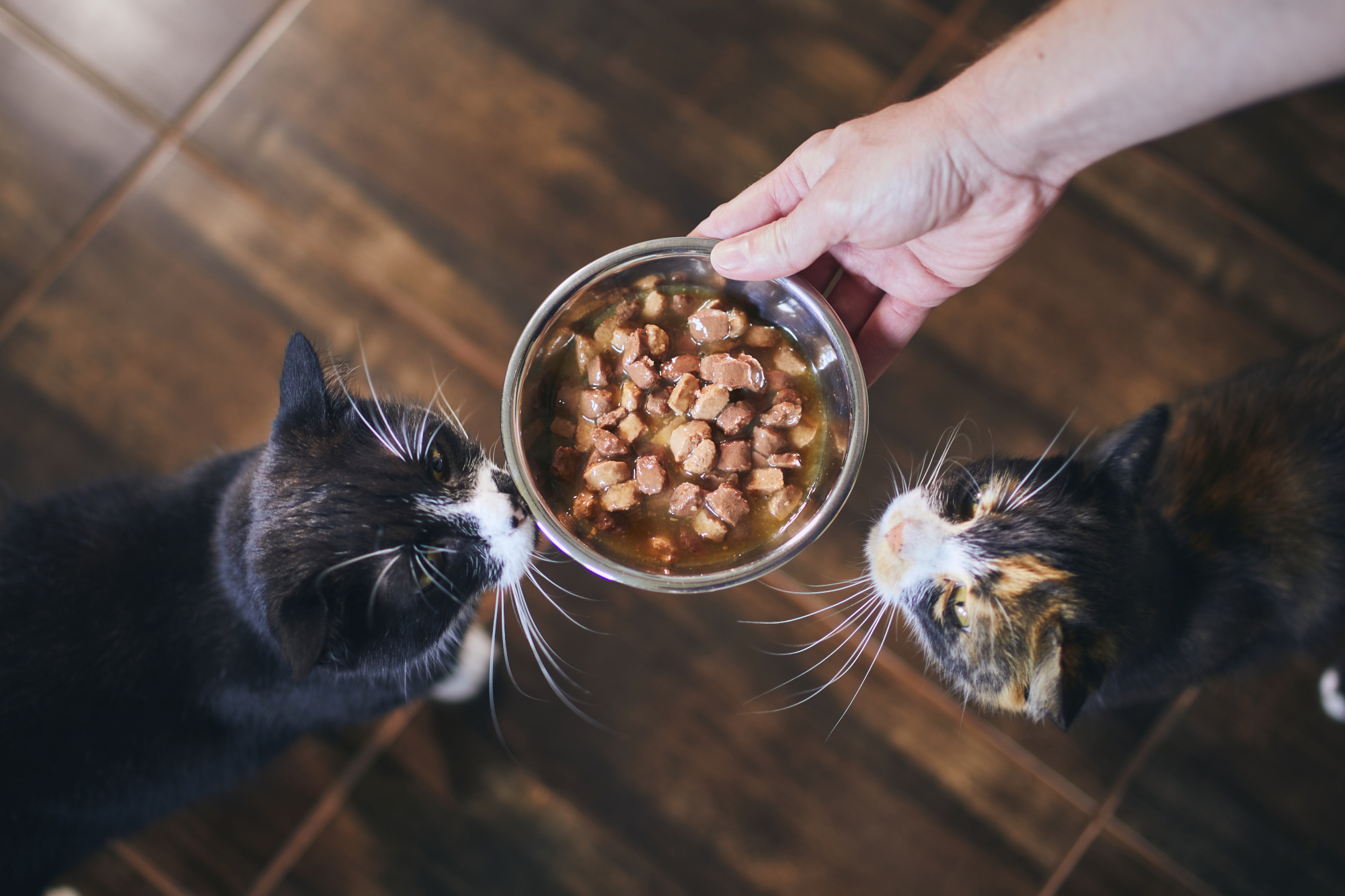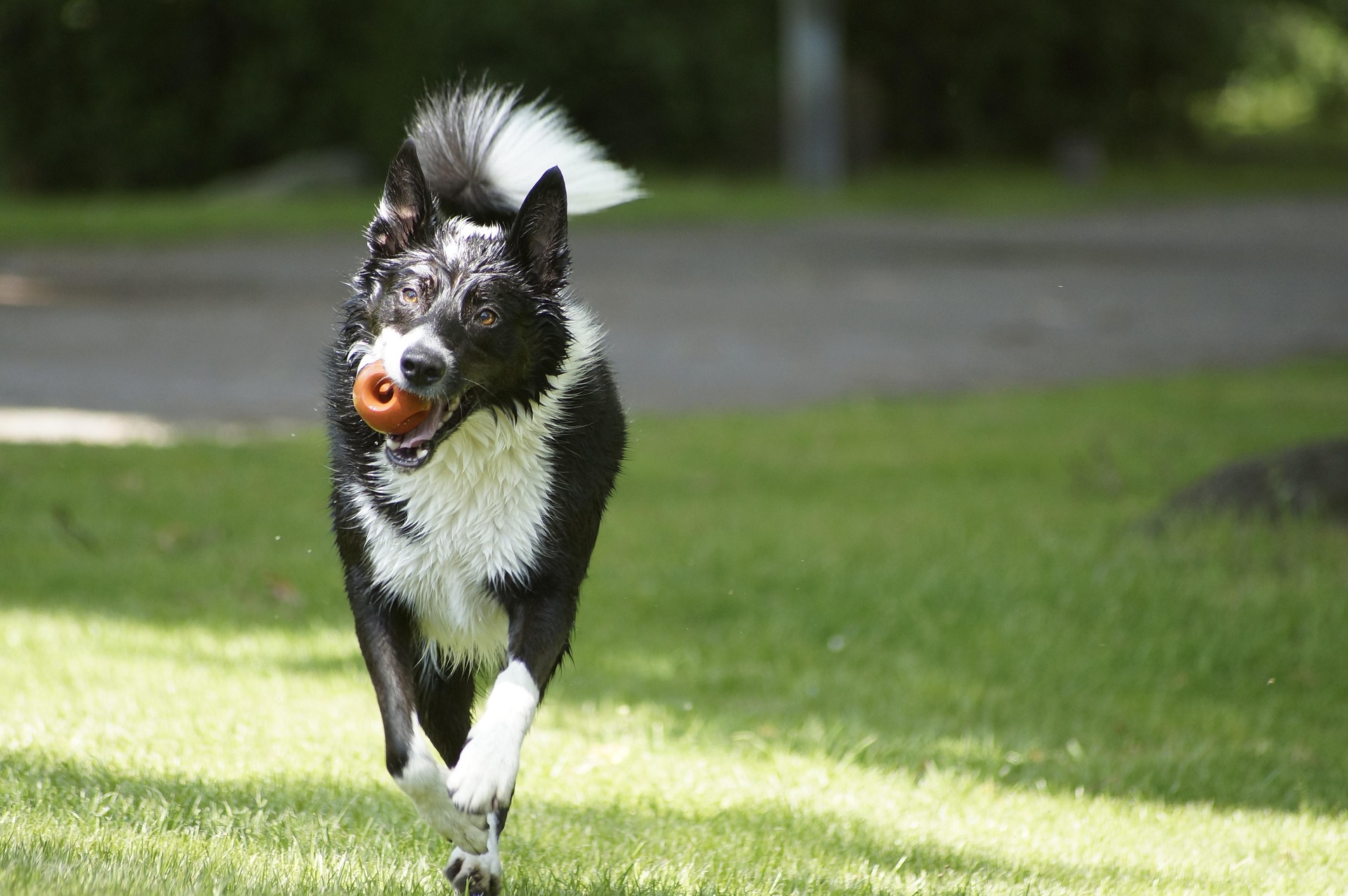There is nothing more satisfying than capturing perfect pictures of your adorable pets on camera! We have gathered some useful tips to help you accomplish this challenging task. Pets do present unique problems as subjects but you can reduce the difficulties with these simple tricks.
It Can be Tough to Take Good Photos
Here are some of the problems you may encounter while trying to take that perfect pic:
- Cats won’t sit where they’re told and won’t look you in the eye unless they feel like it.
- Easy, full-body shots of pets become boring very quickly.
- Face shots can be too nose-focused, especially for dogs.
- Taking pictures of pets in motion can result in a blurry mess.
- Flashes can make animals look unattractive and cast ugly shadows around them; natural lighting can make the whole photograph too dark.
- Backgrounds may be intrusive and overpowering.
- Not all phone cameras have the choices possible with lighting and speed.
Good Equipment Matters
Yes, a good camera and experience in taking photos is certainly an advantage when trying to capture those “aw-w-w-w” moments with your pet. An expensive camera will have a fast shutter speed and be able to hold the focus on a moving subject.
Great software to enhance your photos before developing or printing them is another advantage. Expensive software can blot out backgrounds, remove and alter images, as well as provide the usual enhancement of color and brightness.
Fortunately, you can produce master shots of your pets by following a few simple rules with any camera—even phone cameras or point-and-shoot cameras—and can adjust them with simple, standard technology.
10 Tricks of the Trade
The whole point of this post! Here they are:
- Take many pictures – Don’t expect to take a great photo with one or two shots. Take lots and lots of pictures. Have your camera ready for those special moments.
- Get your pet’s attention – For a dog, call their name, make sounds they respond to, and use treats to get their attention or to look in a certain direction. If you make an unusual sound, they will usually tilt their head to look at you, which is perfect if you want a portrait shot! Dogs often smile after vigorous exercise—is your camera ready? Cats are more difficult subjects and you have to be crafty to get their attention. Take a picture of your cat in a room they’re comfortable in, play peek-a-boo with a toy or have one dangling from a string, or make a scratching sound on the carpet, floor, or up high from where they are.
- Let your pet examine the camera – If the camera makes a noise or flashes light, let your pet check out the camera and get used to it before you get to work.
- Take the picture at your pet’s eye level – You can take photos from above them, but remember to crouch down and take lots of shots of your pet at eye level or just below them.
- Keep an eye on the background – Don’t hide a white cat in the snow or a black dog against a black building. A busy background can be very distracting, especially if your photo focuses more on the background and not your pet. Position your pet at least a dozen feet in front of a busy background, which will help keep the background slightly out of focus.
- Ask a friend for help – A friend can dangle the toy on the string or stand at your shoulder squeezing the squeaky toy if and when you need that kind of help.
- Be creative! – Being creative means capitalizing on other people’s creativity! Look at award-winning photos and those that appeal to you, and use the same ideas in your own photos. With standard software, you can crop photos and adjust the color and brightness. Remember that lighting helps create a mood and emotion.
- Composition matters – Always focus your shot on your pet’s eyes, and don’t let the camera choose for you or it will always be the closest body part. Change the focus from automatic to single point if you can. Crop your photo to draw attention to the point of interest in each photo and get rid of any distractions outside that point.
- Turn off the flash – Natural light is best for outside photos. Morning and evening light, overcast days, or in the shade on a bright day works. For indoor shots, open the curtains and let in the natural light with your pet facing it. If you need to use a flash, it is best to use an off-camera flash and bounce it off the ceiling.
- Action shots are tricky – Action shots are always the most difficult to take, even for experienced photographers with high-quality equipment. Your best hope is to turn off the flash and set the camera to burst mode, which takes many pictures at once and you can choose the best—you may get lucky!
A simple camera and standard photo software are all you need to capture those great photos of your adorable pets that will warm your heart for years to come. Have fun!
Creative Commons Attribution: Permission is granted to repost this article in its entirety with credit to Hastings Veterinary Hospital and a clickable link back to this page.






